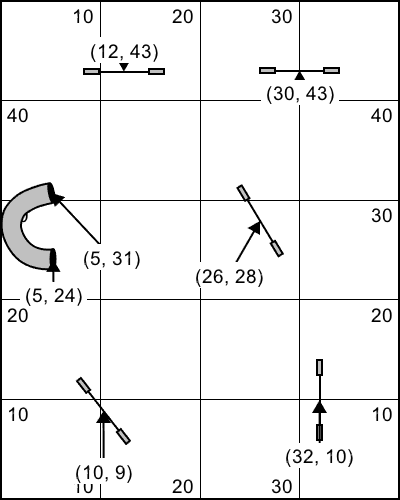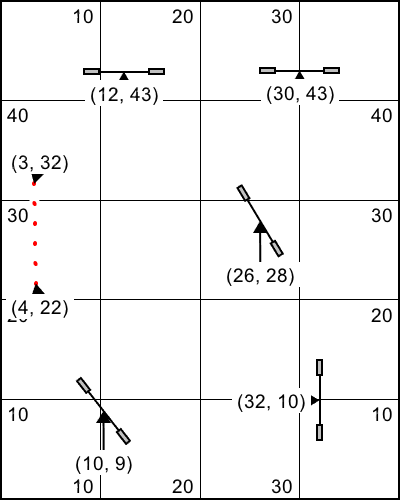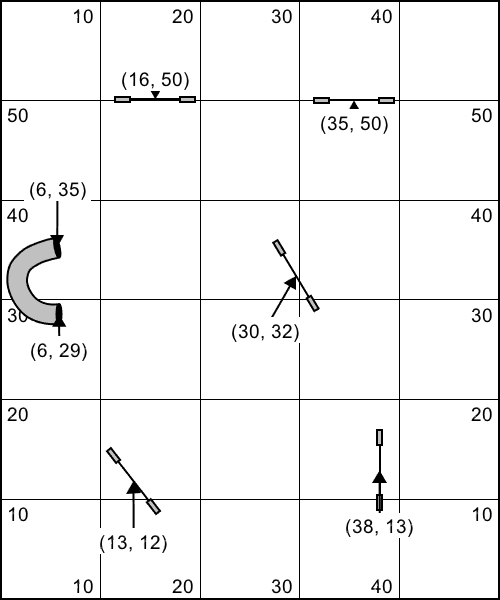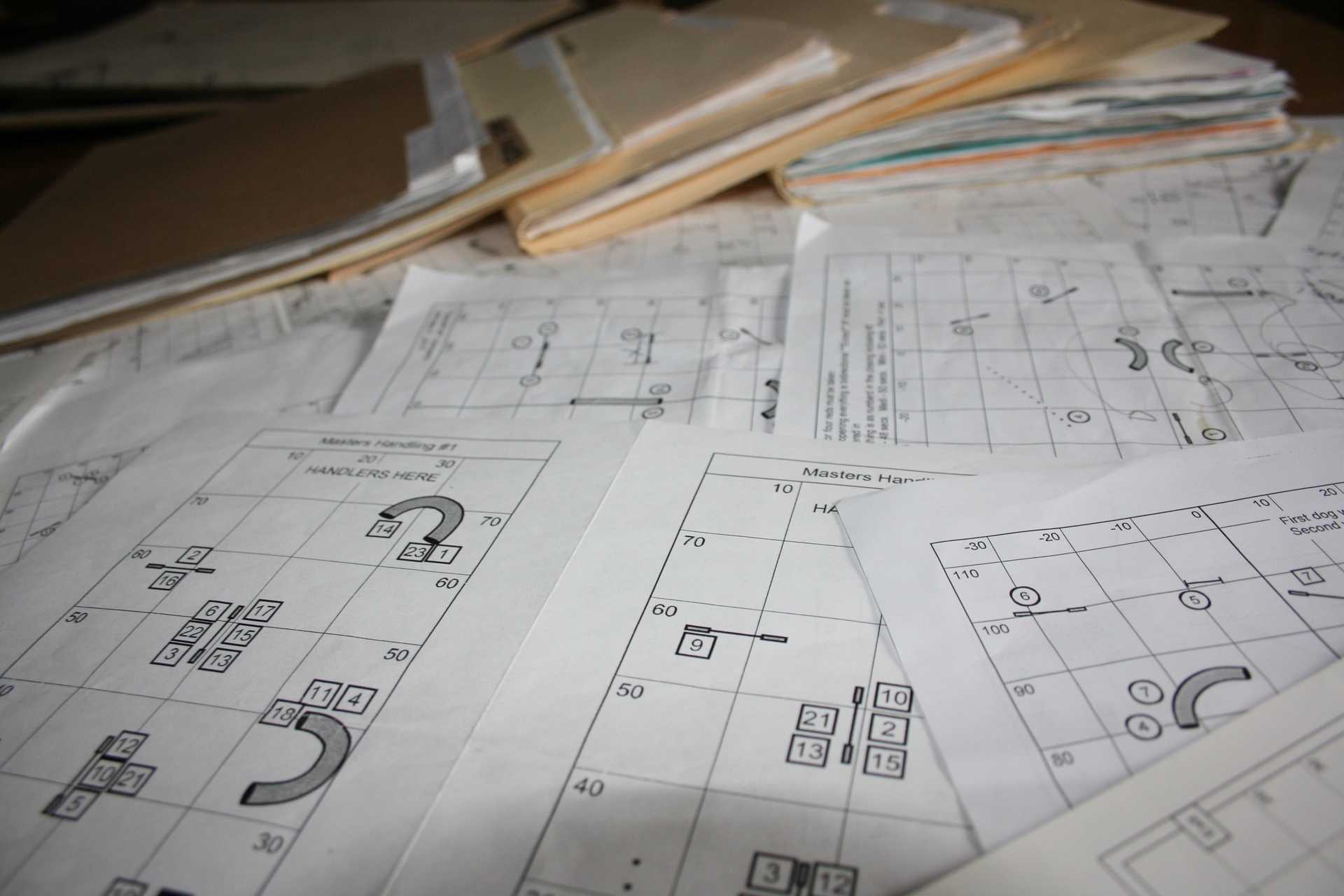Backyard Dogs Practice Sequences - 2018 March
19 Sep 2018
This is an expanded version of my Backyard Dogs article originally published in the March 2018 issue of CleanRun.
For my first Backyard Dogs article I created sequences to work on a range of skills and the transitions between them. These sequences progress from classic pin wheels and serpentines to more challenging sequences with serpentines Serpentine Handling TechniquesSerpentine Sequence, jump wraps Jump Wrap Handling TipsJump Wrap Handling - With VideoJump Wrap/Wrap, back sides Handling the Quad Back Side - Patrick Bucher Course/VideoThe Connection Between Threadles and Back SidesBack Side/Back Side JumpBack Side of Jump Handling Combinations - Video, and threadles Mary Ellen Barry on Threadle HandlingThe Connection Between Threadles and Back SidesSingle Sided Threadle HandlingTraditional Threadle HandlingThreadle Sequence.
Here is the equipment layout in a 40 ft x 50 ft space

If you don’t have a 15 foot tunnel you could replace it with a jump or a set of 6 weave poles to work some very challenging weave pole entries:


Lastly you can spread out the obstacles to get moving faster

Let’s get to work:
Download a PDF of all 9 sequences on a single pageHere are the ways that I challenge everyone who trains with me to get the most from any sequence:
- When there is a jump wrap handle the wrap once with your dog wrapping to one direction and again with your dog wrapping to the other direction. It challenges your handling to get your dog setup for the wrap in the each direction and then to get to the next obstacle.
- For back sides can you cue your dog to take the jump around either jump standard? Can you take your dog to the take off side? Use as many back side handling methods as possible!
- Handle serpentines and threadles from both sides. A threadle can be handled as a push to the back side if you are on the other side of the jumps.
- When moving past an off course obstacle or tunnel entrance can you do it with your dog next to the off course?
- For any handling option ask: Which sets a better line for your dog to the next obstacle? Which lets you leave and move to the next obstacle sooner? Which is faster?
If you apply those ideas in every practice session you’ll build the skills so you’ll never say “I don’t know how to handle that”. Soon you’ll say “I know many ways and the best way for us to handle that“.
I hope these sequences give you many hours of training challenges and fun!
If you enjoyed this article won't you please:  Thanks!
Thanks!
